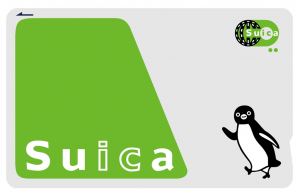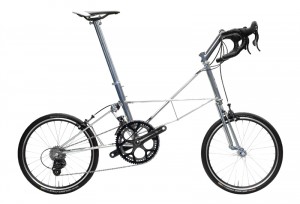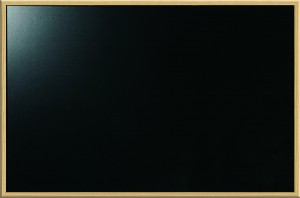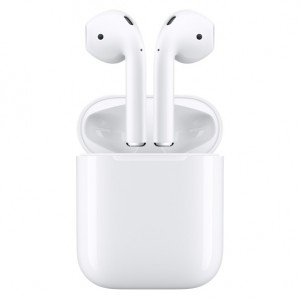Craig Mod, Writer

Cool Tools Show 091: Craig Mod
We have hired an editor to edit the Cool Tools podcast. It costs us $300 a month. So far, Cool Tools listeners have pledged $277 a month to the podcast. Please consider supporting us on Patreon. We have nice rewards for people who contribute! – MF
Our guest this week is Craig Mod. Craig is a writer and designer. He’s worked extensively with Silicon Valley and Japanese start ups. He spends about two months each year walking the old pilgrimage paths and ancient highways in the mountains of Japan.
Subscribe to the Cool Tools Show on iTunes | RSS | Transcript | Download MP3 | See all the Cool Tools Show posts on a single page
Show notes:

Suica card
“It’s a really old thing, the suica. It started as a electronic ticket system for the subways. … The Japanese subway system works where you pay an entry fee and then depending on how far you go, when you leave on the other side, you have to pay again, you have to tap out. You have to make sure you have enough money on there to get out the other side … The card that I mentioned as my Cool Tool is an auto fill one that’s connected to your bank account. … I have it set, if it drops below $40, basically, 4,000 yen, it will add another 100 bucks automatically. Basically, you never have to worry about if you can get out the side or if there’s enough money on it. … You can also use it in cabs and in the convenience stores. It just saves you from having to think about coins and all that stuff.

Moulton Bicycle
“It’s a funky British bicycle, designed by Sir Alex Moulton and part of his claim to fame was working on the suspension systems for Mini Coopers back in the original Mini Cooper days. He wanted to find this kind of more efficient bicycle form and he built the Alex Moulton bicycle. … Alex realized, ‘If I use a tiny wheel, but really high pressure, I get all of the benefit of the bigger real bikes, but I get more maneuverability in cities and faster acceleration ….’ I bought the cheapest Moulton I could get, which was about $1,500 and that was a single speed.”

The Japanese language itself and WaniKani
“Japan is like a lot of countries that have a language that isn’t spoken by a lot of people outside of the country, it can be kind of impenetrable and then Japan has this other layer of weirdness in a increasingly global society where Japan has decided not to get good at English. … if you go into the countryside, people in Japan really don’t speak English at all. … You can go onto a mountain in Japan and you can walk through these rice paddies and rice fields in the middle of nowhere and you can connect with the people and you can have these conversations and you can learn about lives in ways that would otherwise be impossible to learn about. It’s just fun and addictive and it’s this self inspiring loop. … Today, I think there was a lot of tools that didn’t exist when I was studying way back in the day … There’s a tool called WaniKani. I’ve had a lot of fun playing with it. It’s better [than Anki] because the mnemonics and the cards are already prepared for you. They put a lot of thought into the system of giving radicals a consistency so that this mnemonics stories makes sense as you go through.”

Magnetic chalk board
“I just love blackboards. I like quiet technology. … I got a really big one and actually it’s funny when you go into this universe of trying to find blackboards, basically it breaks into two stratospheres. There’s one where it’s for hipster restaurants and cafes … and the other is for esoteric, country schools. … This blackboard is two meters long, it’s like three meters high, it sits against a wall in my living room/studio, and it doesn’t call attention to itself like a whiteboard would. It kind of sits back there. There’s just something really satisfying about having a blackboard. You can use magnets on it, and I find the combination of note cards with the magnets with little notes written on them allow me to move them around real easily, so I don’t have to erase things and then redraw it or whatever. I’m able to move stuff, shuffle stuff around easily. Then what I do is I use the full touch chalk to kind of add metadata around all of the note cards and group things. I find that works really well.”

AirPods
“Again, I like technology doesn’t draw attention to itself in the sense that you don’t have to interact with it much, you can just kind of use it. I think when you have your AirPods in, you look like a fool and you kind of draw attention to yourself that way … but [I like] the user experience of it and the object itself and the charging case that it comes with and then the way the AirPods stick into the charging case using magnets, and the fact that the case itself is a battery.”









